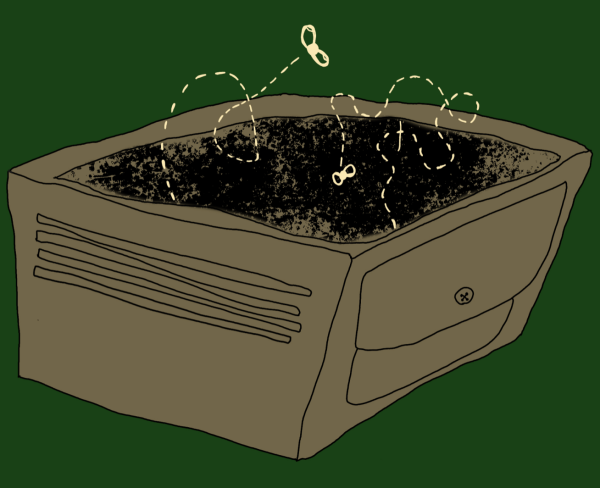“Triple Dip” means another La Niña winter for Oregon
December 16, 2022
As the Pacific Northwest enters the third year in a row of La Niña, another wet and cold winter is in the forecast. Usually this weather pattern occurs around every five years, but the phenomenon known as the ‘Triple Dip’ is significantly more uncommon.
La Niña is essentially a temperature oscillation between the ocean and atmosphere, where western bound trade winds create upwelling that brings colder water to the surface of the Pacific. This pushes the jet stream north, resulting in extreme weather conditions across North America and changes in marine life as organisms must adapt to or migrate away from a colder ocean.
“In the Pacific Northwest specifically we’re going to see very intense flooding, so theoretically a lot of rain but not necessarily a lot of snow. What we’re seeing in the South is a lot of fires, so really intense droughts and a drier climate,” Bobby Roberson, a marine biology teacher at Tualatin High School, explained about the effect of La Niña around the United States.
When it comes to preparation for these extreme weather conditions, cities and states must take careful precautions when urban planning. In many cases, infrastructure is constructed with materials needed to withstand the intense climate predictions in the area.
“In Portland, a lot of our sewer systems, a lot of our waste water management systems are already equipped to handle intense periods of rain, but managing our water inlet valves, and managing where we are able to store a lot of the incoming stormwater is the main thing that we can do,” Roberson stated.
It is important that Tualatin and the areas affected by extreme weather have systems in place to safely and efficiently manage rainfall and the potential problems that come with it.
“Stormwater runoff happens when rainfall that does not soak into the ground flows over land or impervious surfaces such as paved streets, parking lots and rooftops,” explained Hayden Ausland, the Principal Engineer for the City of Tualatin, in a Stormwater System video. “To manage stormwater in Tualatin, the city has a network of about 93 miles of pipes and structures that collect and safely move storm water from one location to another. The water collected in these systems discharges directly into the nearest water, so locally this would be Hedges, Nyberg or Saum Creek, the Tualatin River or many of the wetlands we have throughout the community.”
The City of Tualatin is in the process of implementing a new Stormwater Master Plan, which manages the water from prolonged rainfall that the Pacific Northwest gets in normal and La Niña years. Water that runs off of roads or rooftops becomes contaminated by oils and pollutants in that area, so clean water services are vital to make for safe water conditions, especially with the high quantity of water that Tualatin’s systems expect.







